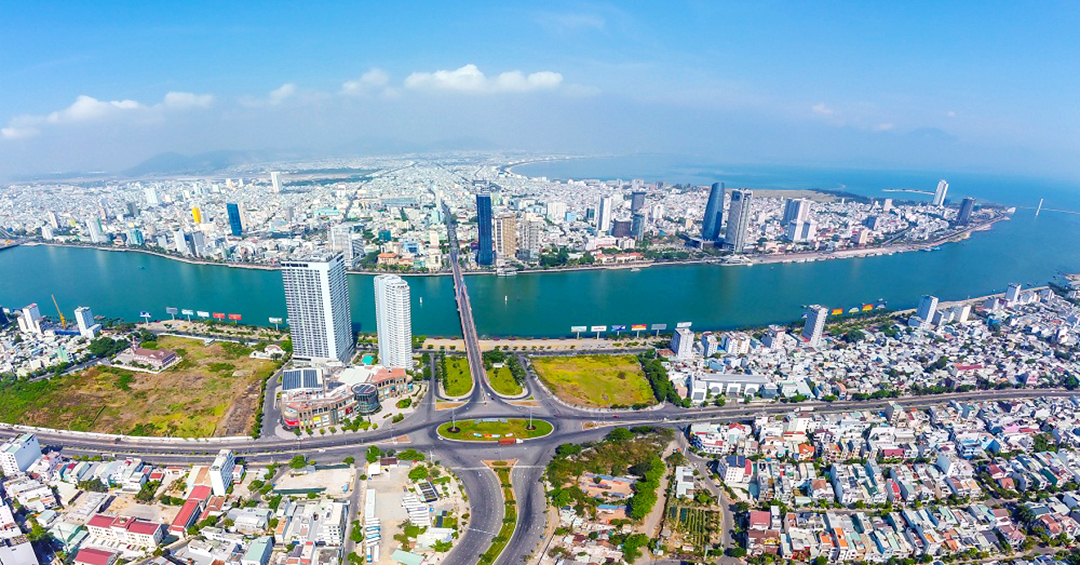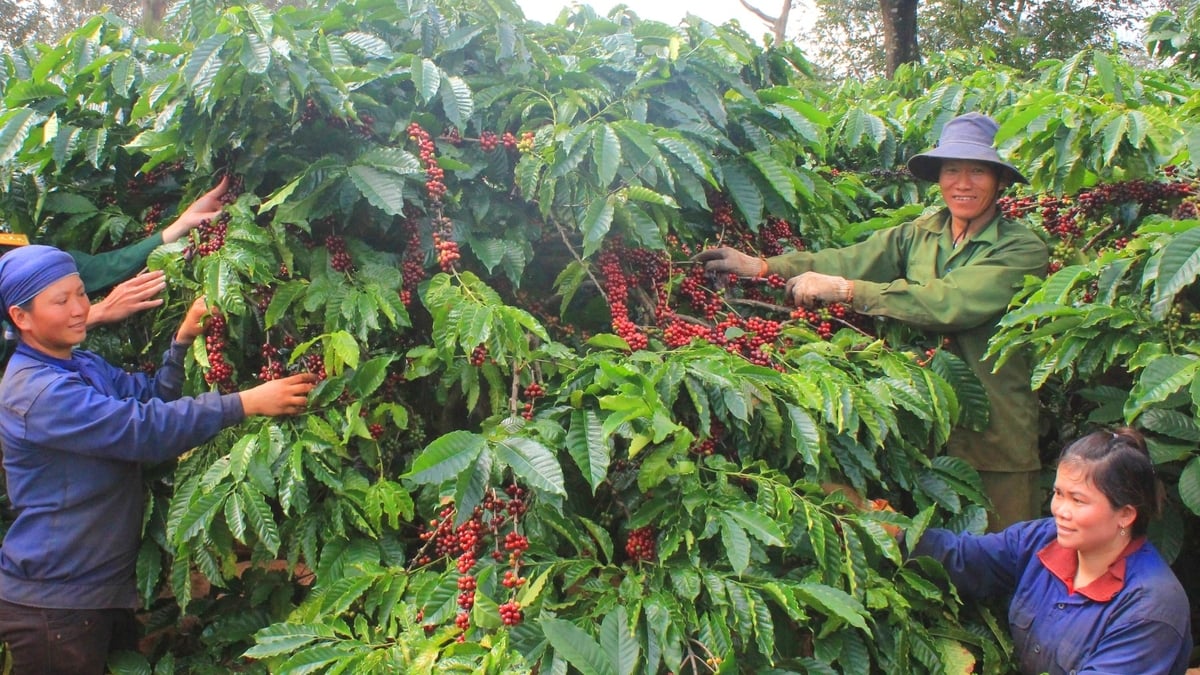According to a report by Savills Vietnam, in 2022, the Da Nang real estate market will welcome 117 new hotel projects, with nearly 15,700 rooms. Of which, 5-star hotels account for 61% of rooms.
In the last 6 months of 2022, the average hotel rental price reached 1.8 million VND/room/night, up 60% year-on-year. The full-year 2022 occupancy rate was at 48%, still 13% lower than the whole of 2019.

Despite the recovery momentum, the Da Nang real estate market has not yet achieved the expected breakthrough. (Photo: MP)
According to Savills, the tourism market has opened, but domestic tourists and the Korean market are still the two main sources of tourism supply, supporting the recovery process in some coastal markets such as Da Nang.
Market performance shows that the recovery of Da Nang markets is still slower than expected. However, Savills believes that the fundamentals of the market continue to be assessed at a good level, especially tourism, a key industry and the driving force of the city's development. In the long term, the city will gradually regain its position as the economic and tourism center of the region.
In terms of macroeconomics, in 2022, Da Nang's gross regional domestic product (GRDP) will reach 14%, higher than the national average (8%). The city's GRDP growth rate ranks third in the country, after Khanh Hoa (21%) and Bac Giang (19%).
Increased export value, reduced unemployment rate and the recovery of the tourism industry have helped Da Nang achieve remarkable economic growth. In 2022, Da Nang's accommodation and tourism revenue reached VND8,900 billion, up 380% year-on-year and up 2.5% compared to 2019.
In addition, Da Nang is also a successful example of infrastructure development with the formation of a series of modern infrastructure and transportation systems. This is one of the country's traffic hubs with an international airport, deep-water seaport, North-South railway and extensive road network.
Da Nang International Airport is the third largest airport in Vietnam after Tan Son Nhat Airport (Ho Chi Minh City) and Noi Bai Airport (Hanoi).
Da Nang plans to increase the airport's capacity to 25 million passengers by 2030 and 30 million by 2050, from the current 15 million passengers.
The city plans to develop seven inland waterway tourism routes by 2025 and build a fleet of high-speed boats, yachts, and floating restaurants and hotels using green technology.
The number of tourists after the pandemic restrictions has also improved again. In 2022, Da Nang welcomed 7.8 million tourists, an increase of 224% year-on-year, of which 1 million international visitors increased by 772% year-on-year.
Domestic arrivals hit a five-year high of 6.8 million, up 196% year-on-year. Despite the growth, international arrivals remained at 4.8 million in 2018 and 5.2 million in 2019.
In particular, an important driving force in 2023 is the return of Chinese tourists. This key market will resume tourism routes to Vietnam from March 15, 2023, bringing positive prospects for hotel demand in the coastal city.
Mr. Matthew Powell, Director of Savills Hanoi, said: After two years of the pandemic, Da Nang's resort real estate market has gradually returned, but the speed has not reached the same level as before the pandemic.
However, the fundamental factors of macroeconomics, development in infrastructure, human resources, foreign investment attraction and natural advantages for tourism activities remain stable.
“In fact, the outlook for this market will remain positive in the long term. These are the fundamental factors that make this city attractive to businesses and investors, especially in the resort real estate segment,” said Mr. Matthew Powell.
Source


































































































Comment (0)